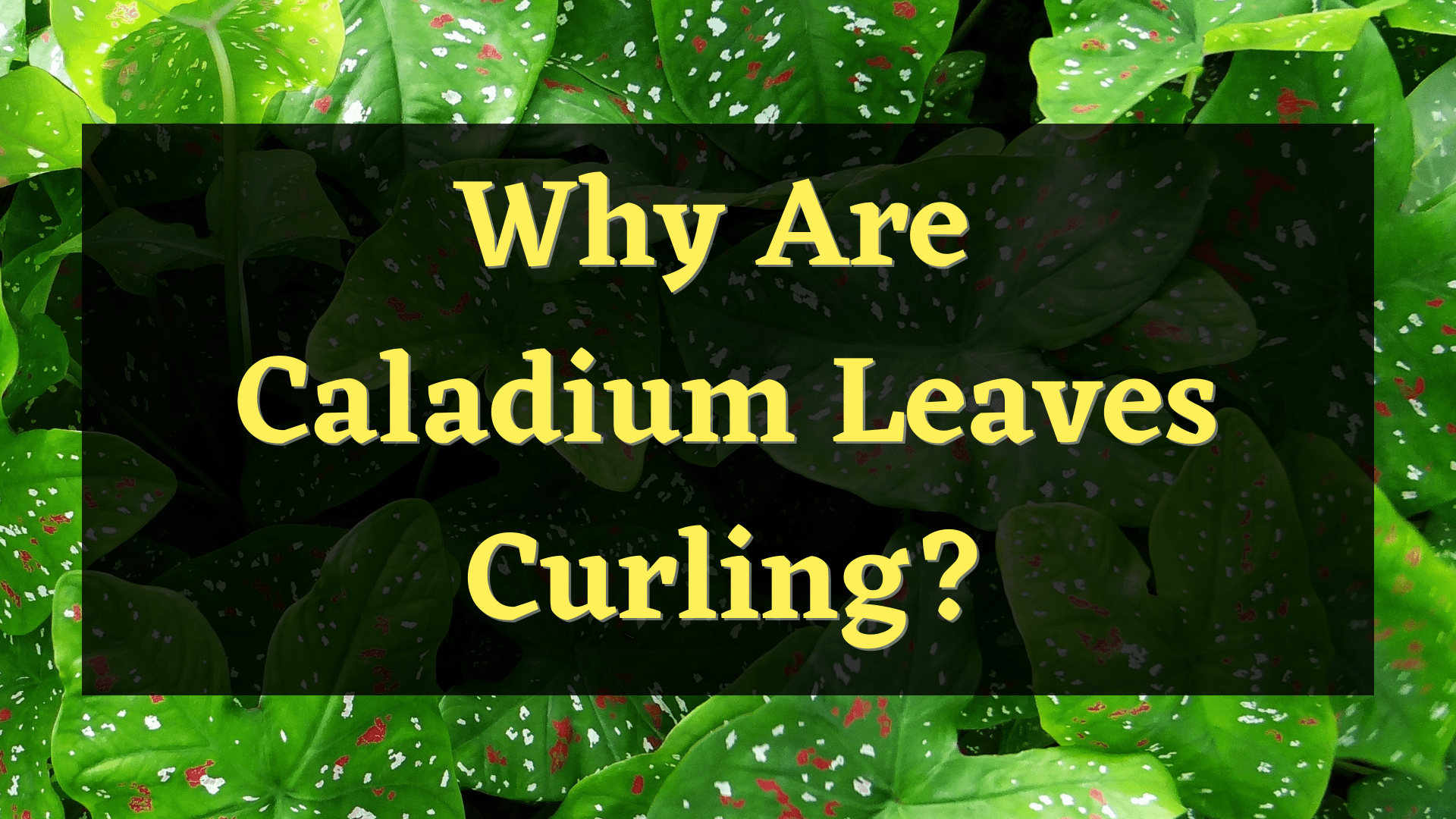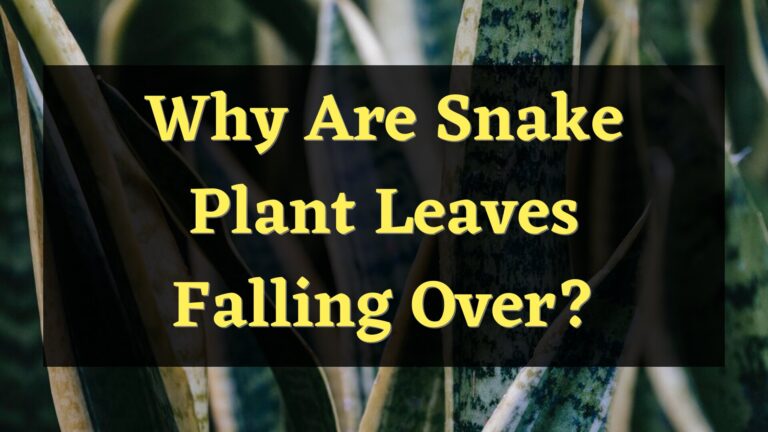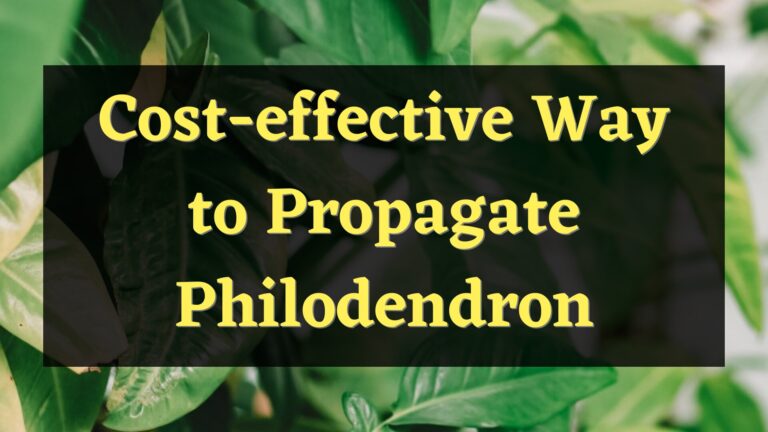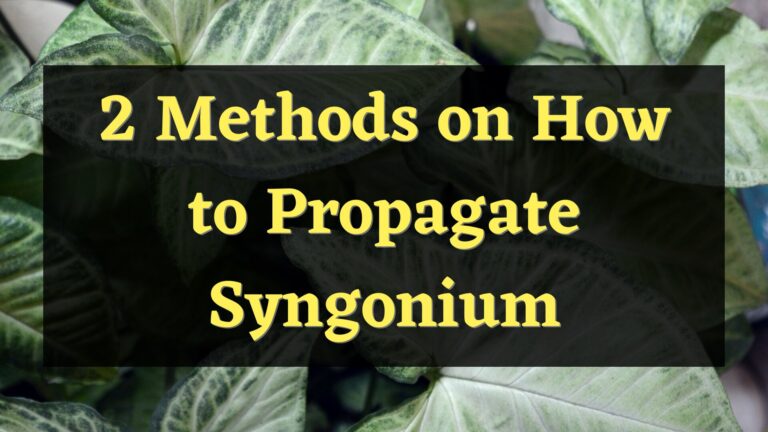Caladiums are very beautiful tropical plants that have large, colorful leaves. So when the Caladium leaves start curling, you will want to know why. In this post, I will explain the reasons why this happens or can happen to your beautiful plants and offer you suggestions on how to restore them to full health.
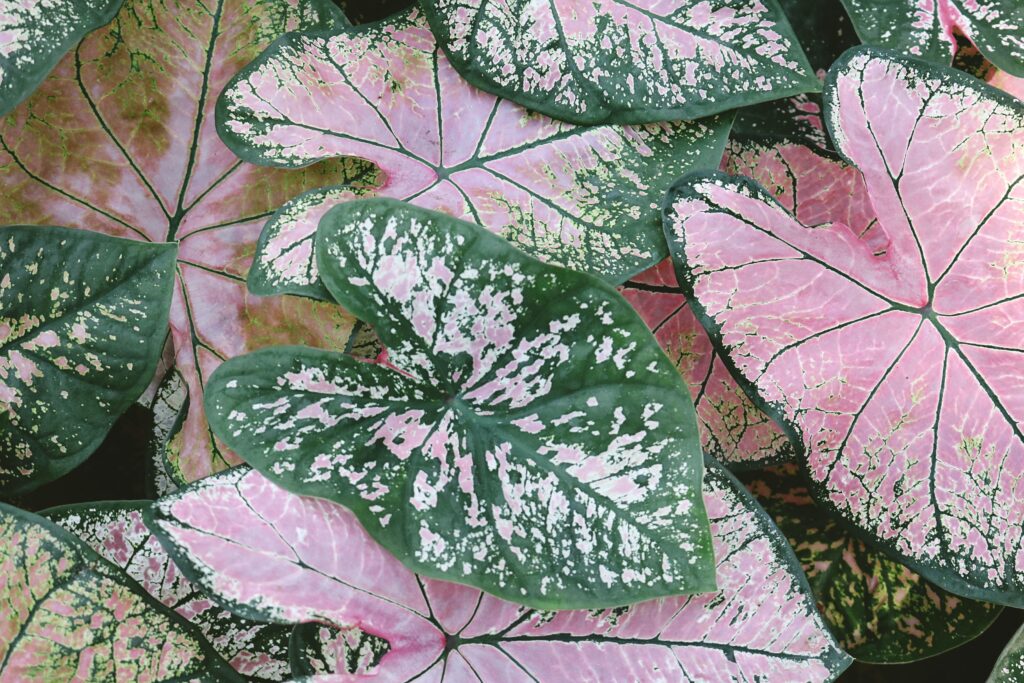
6 Common Reasons why Caladium Leaves are Curling
Sunlight
Too much sunlight is one of the main causes of why a caladium leaf is curling. Curling up is a protective strategy of leaves to shield themselves from wind and too much sunlight. Caladiums do not appreciate prolonged exposure to direct sunlight, and the majority can only tolerate a short quantity of it in the morning and evening.
This is especially true with caladium variations with transparent leaves. Curled leaves prevent wind and sunlight from harming the tops of the leaves.
Lack of Water
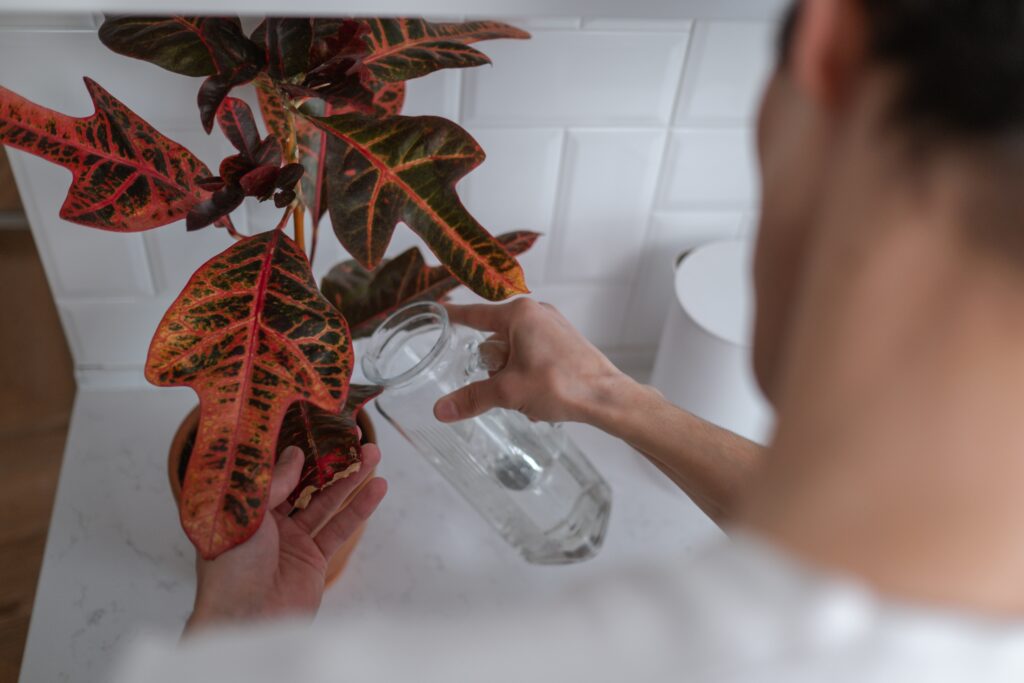
Lack of water results in curled leaves and drooping stems. Caladiums might start to wilt from weariness if the soil had been kept excessively dry for an extended period of time. Instead of being hard and straight, the stems will start to bend. The leaves will begin to curl under since there isn’t enough water in the plant to keep them rigid. After that in around 5 minutes, the leaves and stems should be able to return to normal.
Soil’s pH level
An incorrect pH level and poorly drained soil can cause your caladium leaves to curl up. Caladium requires soil with good drainage and a potting mix-like consistency. They may struggle to absorb nutrients if planted in soil that is either too sandy or too clay-like, causing their leaves to curl.
Due to chemical processes that occur, the pH level of the soil controls what nutrients will be present in it. The pH level of your soil can be determined even with a low-cost soil testing kit. Caladiums prefer soil with pH levels ranging from 6.0 to 6.5. The pH should fall within this range if you are using a potting mix.
Temperature
A temperature that is too warm or too cold can also cause the curling of your caladium leaves. Tropical areas of South America are the native home of the caladium. Because of this, they thrive in tropical-like environments and do their best in temperate ones. They can severely struggle in exceptionally cold or dry weather, which can be noticed in the way their leaves curl.
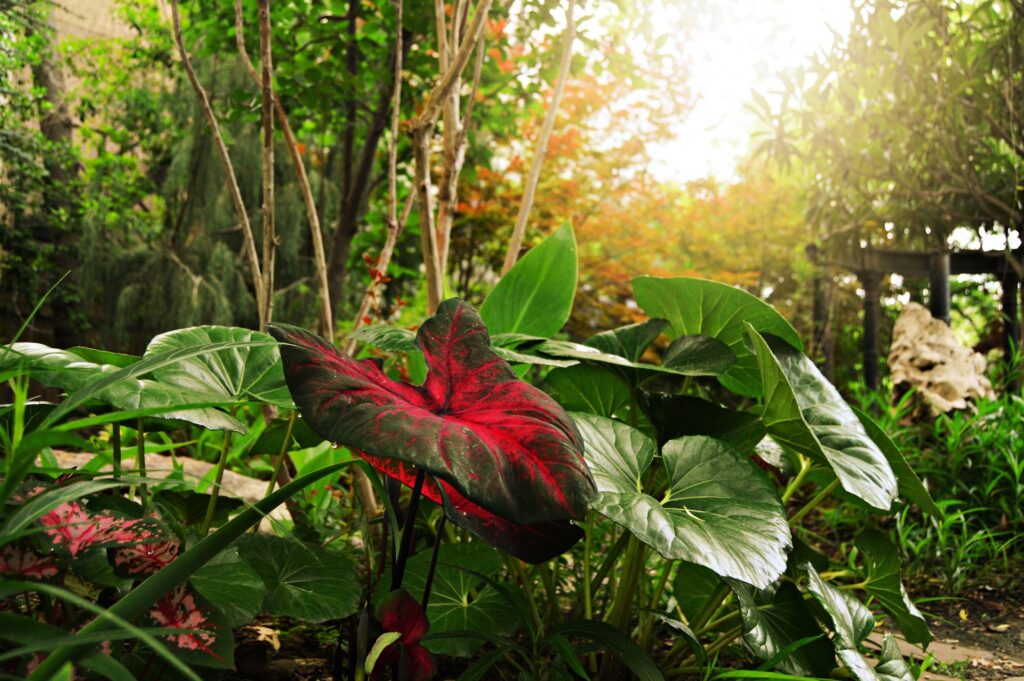
When conditions are too dry, this kind of curling typically happens before the leaves turn crispy, dry, and brown. They will grow slowly that resulting in the soil overfertilizing. It in turn results in the leaves curling and displaying yellow patches. The natural hues of the leaves, which can also be yellow, can’t be confused with these yellow specks.
Overwatering
Too much water will lead to soggy soil, which will eventually become a reason why your caladium’s leaves become curled. Caladiums are accustomed to humid surroundings, thus their roots can start to rot if the soil was wet rather than damp. They are less successful at attracting moisture as a result. It causes the caladium to lack both water and nutrients.
The yellow spots on its leaves indicate a shortage of nutrition. Additionally, the edges of the leaves can become dark and start to curl.
Infestation
The leaves can curl as they die as a result of pest insects consuming them. Caladiums that are grown indoors are typically resistant to insect infestation, but this can still happen and happens occasionally. They can be seen on the leaves and stems. They like to conceal themselves, especially under the leaves. Typical insects that feast on the leaves of your caladium are aphids, scale, and mealybugs.
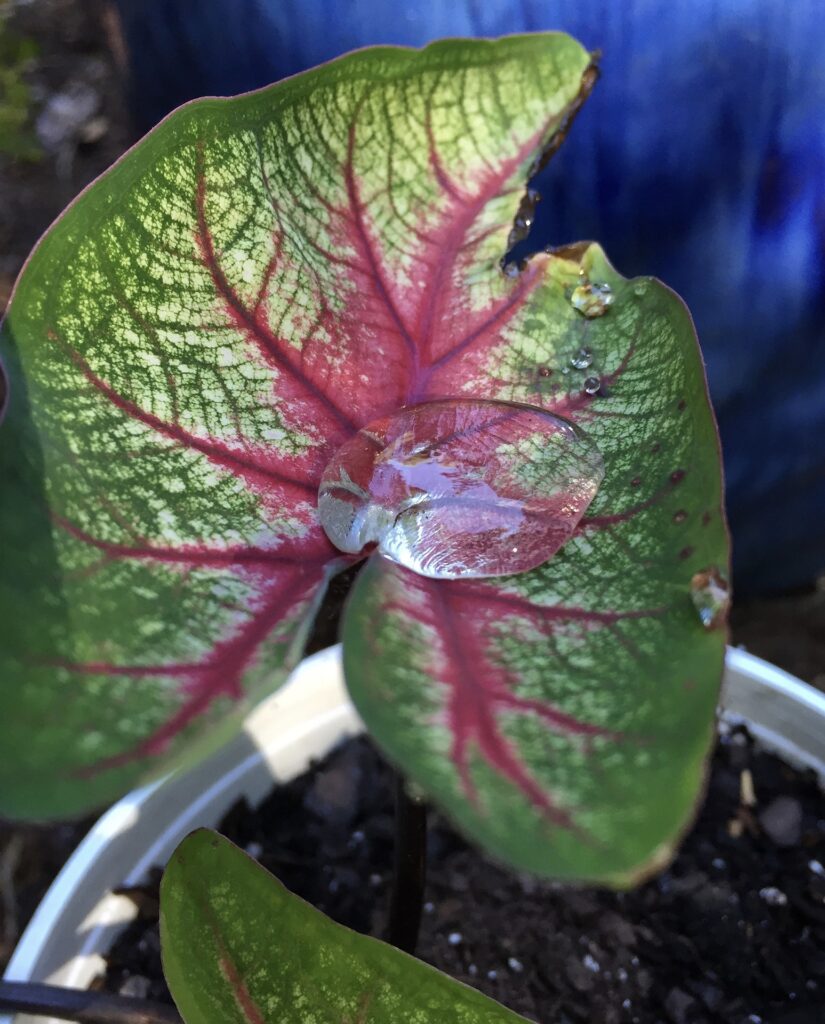
This will consume the nutrients by biting on the leaves and stems. Under the leaves is where the mealybugs reside. Additionally, a dead patch will surround their bite marks on top of the leaves. The leaves may curl, droop, or turn brown as a result of nutrient deficiency. Though they are typically not a problem, insects can become so numerous that they can eventually kill your plant.
How to Treat Curled Leaves of Caladium?
Here are the steps on how to treat your Caladium leaves from curling:
- If you think your plant’s leaves are curling due to the sunlight, you can give them an hour of sunlight each morning and evening to see how they react to it. Additionally, try relocating your caladiums to a spot with plenty of light but no direct sunlight.
- When the soil feels dry to the touch, check its dryness regularly with your finger and water the dry areas. Allow water to drip out of the pot’s bottom as you soak the soil. Just give your plant more water if you think that lack of water is the problem.
- They should be replanted in soil with the same texture as a potting mix. When you place the potting mix inside the pot, make sure the holes are not blocked to allow water to drain properly.
- Maintain daytime temperatures to room temperatures around 70 degrees Fahrenheit. Keep them away from areas where it will get colder than 60 degrees Fahrenheit and from areas with humidity levels over 50%.
- When watering, thoroughly moisten the soil surface but let the water drain out entirely from the bottom. Keep the pot’s bottom holes clear so that water can flow out readily, and don’t let the water in the pot sit there for more than a day for your plants.
- After dusk, apply a pesticide or neem oil to the entire plant. You can alternatively dab insects by using a cotton bud that has been drenched in alcohol. Insects can also be killed completely with any insecticide. They can also be killed by rubbing alcohol or methylated spirits.
Conclusion
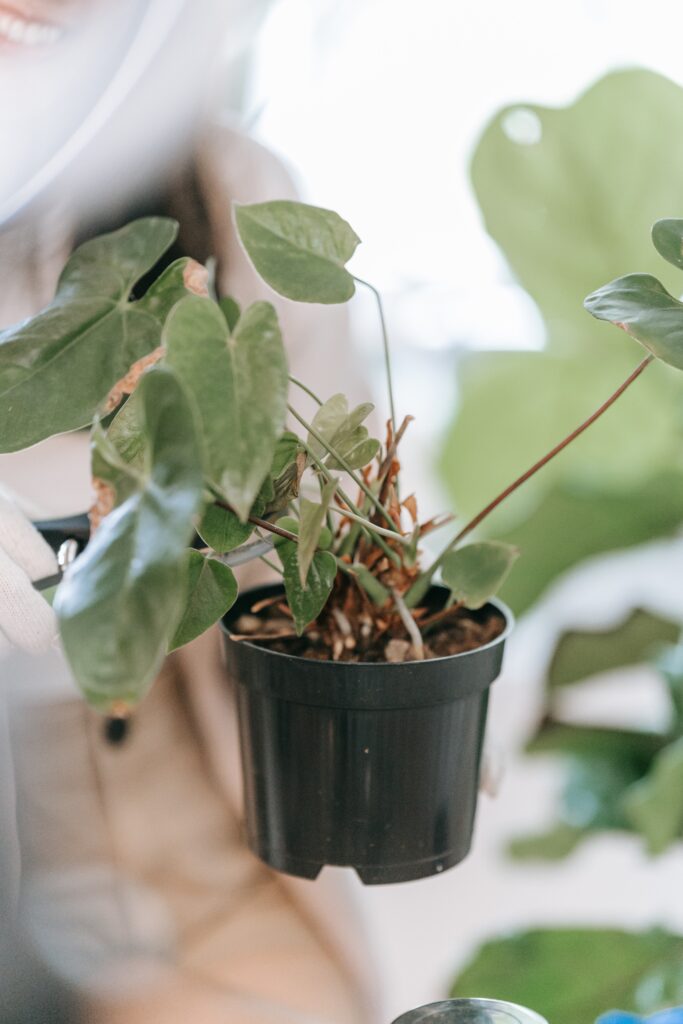
Although caladium leaves are very easy to take care of, some problems oftentimes occur, such as its leaves curling. However, if this happens to your plants, there is no reason to panic because there are a lot of simple solutions or treatments that you can give them to nurse them back to the healthy plants that they once were.

Elizabeth Mcmillan is a passionate gardener with a strong interest in plants. She used to be a teacher, but Elizabeth has spent the last few years immersing herself in the world of plants, learning about their biology and cultural value and trying out different ways of growing them in her own garden. Elizabeth Mcmillan loves indoor plants, succulents, and cacti, and her friends and family know her as a plant care expert.

